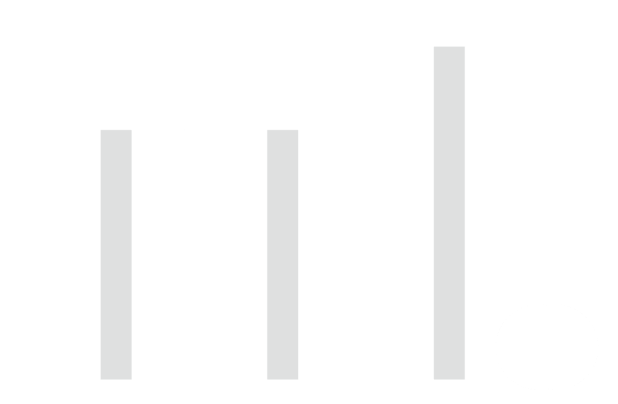Back
SHIV DIXIT
CHAIRMAN - BITEX IND... • 1y
📖 DAILY BOOK SUMMARIES 📖 🔗 DIRECT FREE E-BOOK DOWNLOAD LINK AVAILABLE — https://drive.google.com/file/d/1dEsDDyDbr9iqRPwk-SrVu9ltfMjYKTVM/view?usp=drivesdk 🔥 The Lean Product Playbook 🔥 🚀 20 Lessons 👉 ✨ Dan Olsen ✨ 1. Lean Product Development • A process to create products that meet customer needs with minimal resources and time. 2. Customer Needs • Focus on solving real customer problems by understanding their needs deeply. 3. Product-Market Fit • Achieving a match between product features and customer needs is essential for success. 4. Build-Measure-Learn • The iterative process to build prototypes, test with customers, and refine based on feedback. 5. Product Strategy • Define a clear vision and strategy that aligns with customer needs and business goals. 6. Target Customer • Identify and segment the right target audience for your product. 7. Customer Personas • Use personas to represent the characteristics, behaviors, and goals of your target customers. 8. Product Vision • Create a compelling vision that guides product development and motivates the team. 9. MVP (Minimum Viable Product) • Develop a simple version of the product to test core assumptions and validate the idea. 10. Customer Discovery • Engage directly with potential customers to identify their pain points and needs. 11. Customer Validation • Test product hypotheses by gathering feedback from actual customers to validate your solution. 12. Feature Prioritization • Prioritize features based on customer value, business impact, and ease of implementation. 13. Prototyping • Use prototypes to quickly test ideas and gather feedback before building the final product. 14. Lean Metrics • Track key metrics such as customer acquisition, retention, and satisfaction to guide decisions. 15. Testing Assumptions • Continuously test assumptions about the market, customers, and the product. 16. Pivot or Persevere • Based on feedback, decide whether to pivot (change direction) or persevere (keep iterating). 17. Cross-functional Collaboration • Involve all team members (design, development, marketing) early in the product development process. 18. Continuous Learning • Foster a culture of learning where the team adapts and improves based on real-world feedback. 19. Go-to-Market Strategy • Develop a strategy for how to launch and scale the product in the market effectively. 20. Scaling the Product • Once product-market fit is achieved, focus on scaling the product to reach more customers.

More like this
Recommendations from Medial
Anurag Patel
Calm mind. Precise h... • 1m
The startup owner's manual (Part 6) - Testing Customer Problems You have to get out of the building to discover: How well you understand the customers’ problem, how important the problem is to the customers, and exactly how many customers are talki
See MoreAnurag Patel
Calm mind. Precise h... • 2m
The startup owner's manual (Part 1) Getting Started The old product roll-out process is totally wrong for startups. That process is appropriate when customers are known and the market is well-defined. This is often not the case for startups. Custom
See MoreRiyaz Saleem
Growth Marketing Hea... • 7m
Don’t rush into building a marketing team before structuring your strategy. As an entrepreneur, start by consulting marketers who’ve already delivered results in your niche. Understand the market, define positioning, pricing, and identify leaks in y
See MoreShiva Shankar Buyyankar
I build working prot... • 2m
Founders often rush to code too early. Before spending $$ on dev, test with these 2 free tools: 1. Notion → write down flows & assumptions 2. Google Forms → test if anyone cares Cheap, fast, and brutally honest feedback. 🚀 #Startup #MVP #Validate
See MoreProfessor Bohm
"Built. Sold. Repeat... • 9m
"The Clear Roadmap for How to Start a Startup." •Identify a Problem: Find a real-world problem or unmet need to solve. •Validate the Idea: Conduct market research and gather feedback from potential customers. •Create a Business Plan: Outline your
See More
Download the medial app to read full posts, comements and news.
































